1Department of Internal Medicine, Hallym University Sacred Heart Hospital, Hallym University College of Medicine, Anyang, Korea.
2Department of Internal Medicine, Seoul National University Bundang Hospital, Seoul National University College of Medicine, Seongnam, Korea.
3Department of Cancer Control and Population Health, Graduate School of Cancer Science and Policy, National Cancer Center, Goyang, Korea.
4Department of Medicine, Samsung Medical Center, Sungkyunkwan University School of Medicine, Seoul, Korea.
5Department of Internal Medicine, Inje University Ilsan Paik Hospital, Goyang, Korea.
6Health Screening and Promotion Center, Asan Medical Center, University of Ulsan College of Medicine, Seoul, Korea.
7Department of Internal Medicine, Yonsei University College of Medicine, Seoul, Korea.
8Department of Internal Medicine, Hallym University College of Medicine, Chuncheon, Korea.
9Department of Internal Medicine, Chosun University School of Medicine, Gwangju, Korea.
10Department of Internal Medicine, Gachon University, College of Medicine, Incheon, Korea.
11Department of Internal Medicine, Soonchunhyang University Bucheon Hospital, Soonchunhyang University College of Medicine, Bucheon, Korea.
12Department of Internal Medicine, Chonbuk National University Hospital, Chonbuk National University College of Medicine, Jeonju, Korea.
13Department of Internal Medicine, Uijeongbu St. Mary's Hospital, The Catholic University of Korea, College of Medicine, Uijeongbu, Korea.
14Department of Internal Medicine, St. Carollo General Hospital, Suncheon, Korea.
15Department of Internal Medicine, Chung-Ang University Hospital, Chung-Ang University College of Medicine, Seoul, Korea.
16Department of Internal Medicine, University of Ulsan College of Medicine, Ulsan, Korea.
17Department of Internal Medicine, Yonsei University Wonju College of Medicine, Wonju, Korea.
18Department of Internal Medicine, Dongguk University Gyeongju Hospital, Dongguk University College of Medicine, Gyeongju, Korea.
19Department of Internal Medicine, Jeju National University College of Medicine, Jeju, Korea.
20Department of Internal Medicine, Dankook University Hospital, Cheonan, Korea.
21Department of Internal Medicine, Korea University Guro Hospital, Korea University College of Medicine, Seoul, Korea.
22Department of Internal Medicine, Chungnam National University College of Medicine, Daejeon, Korea.
23Department of Internal Medicine, Inje University Busan Paik Hospital, Inje University College of Medicine, Busan, Korea.
24Department of Internal Medicine, Korea University Ansan Hospital, Korea University College of Medicine, Ansan, Korea.
25Department of Internal Medicine, Keimyung University School of Medicine, Daegu, Korea.
26Department of Internal Medicine, Chonnam National University Hwasun Hospital, Hwasun, Korea.
27Department of Internal Medicine, Wonkwang University College of Medicine, Iksan, Korea.
28Department of Internal Medicine, Gyeongsang National University Hospital, Gyeongsang National University College of Medicine, Jinju, Korea.
29Department of Internal Medicine, GangNeung Asan Hospital, University of Ulsan College of Medicine, Gangneung, Korea.
30Department of Internal Medicine, Chungbuk National University College of Medicine, Cheongju, Korea.
31Department of Internal Medicine, Kangwon National University School of Medicine, Chuncheon, Korea.
32Department of Internal Medicine, Chonnam National University Medical School, Gwangju, Korea.
33Department of Internal Medicine, Kyungpook National University College of Medicine, Daegu, Korea.
34Department of Internal Medicine, Pusan National University School of Medicine, Busan, Korea.
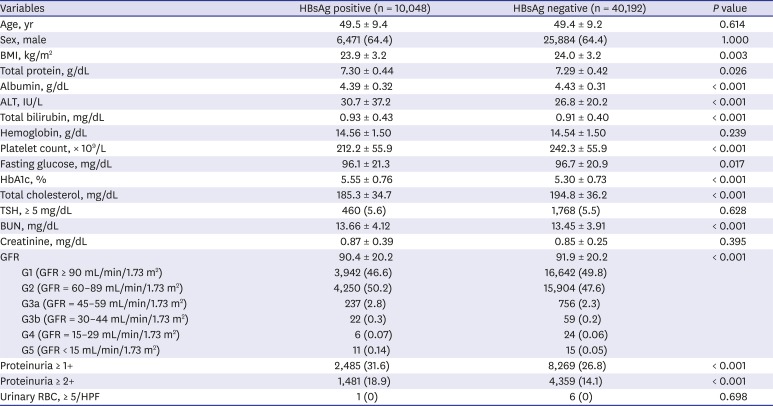
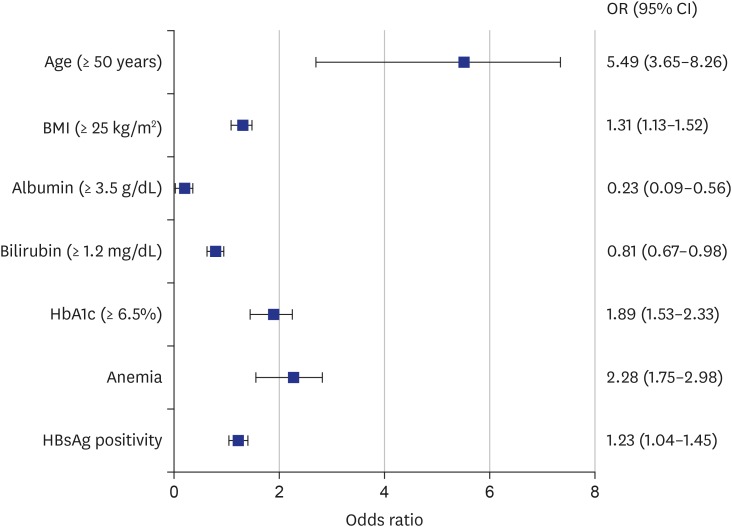
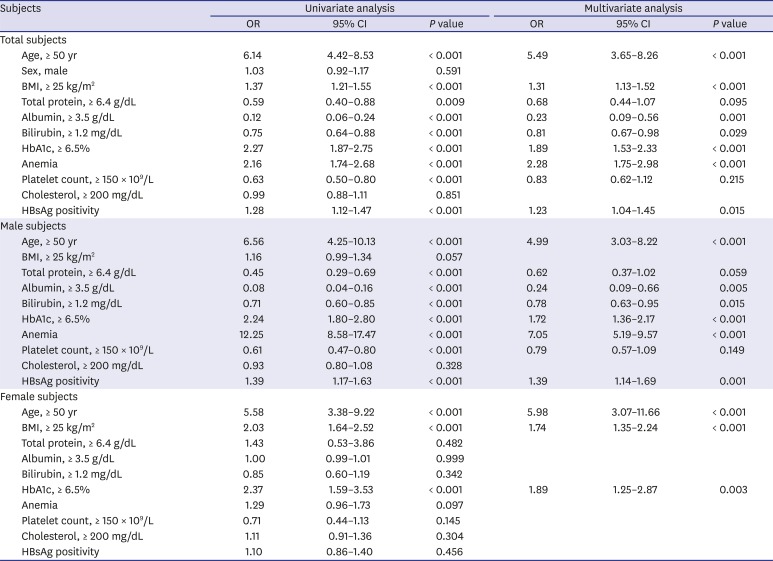
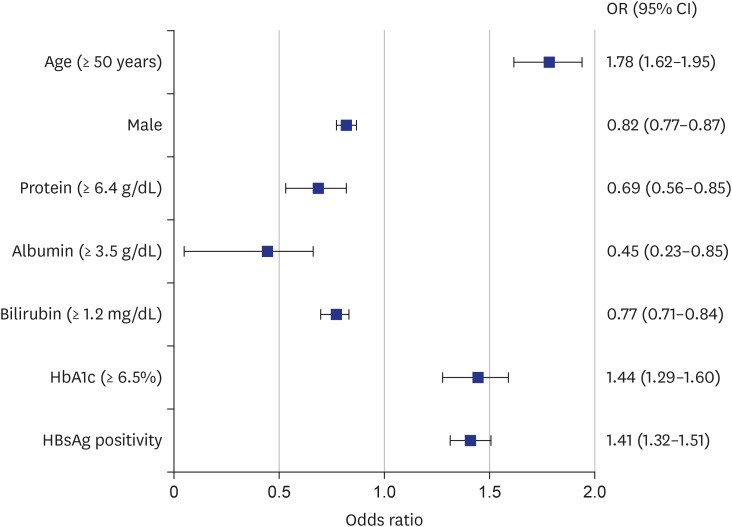
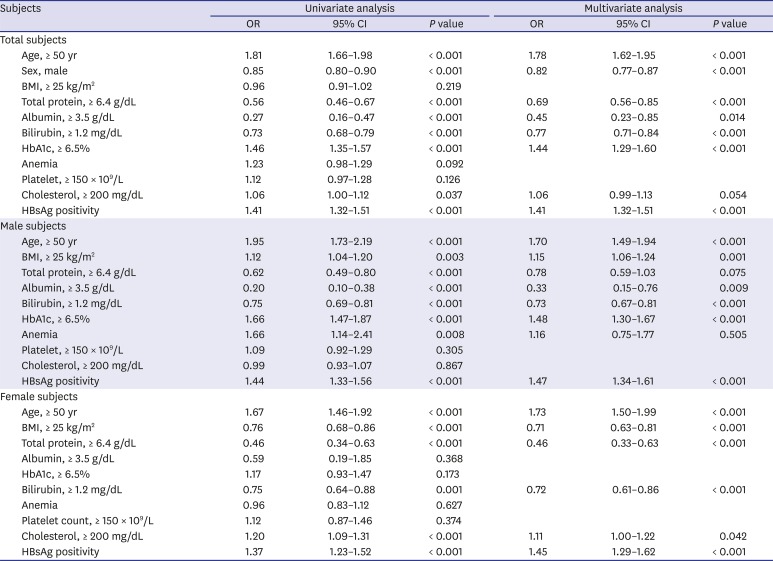




 PDF
PDF Citation
Citation Print
Print



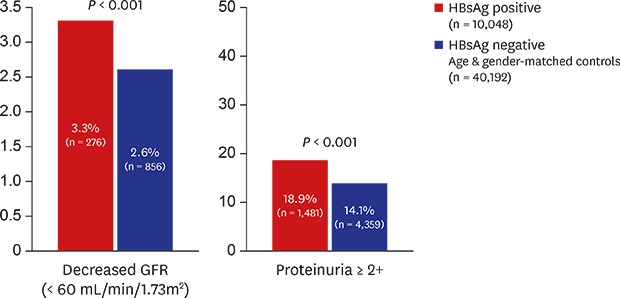
 XML Download
XML Download